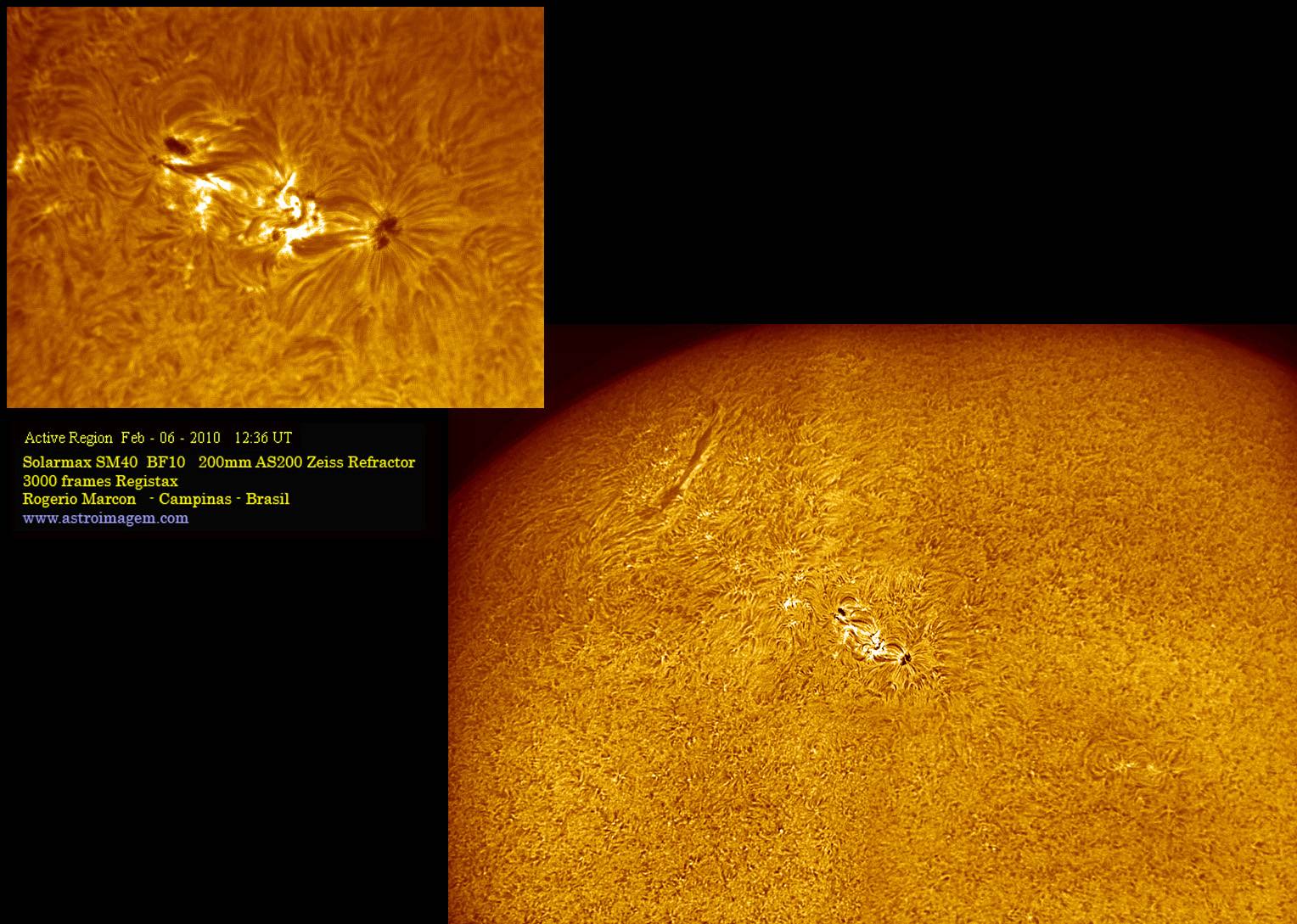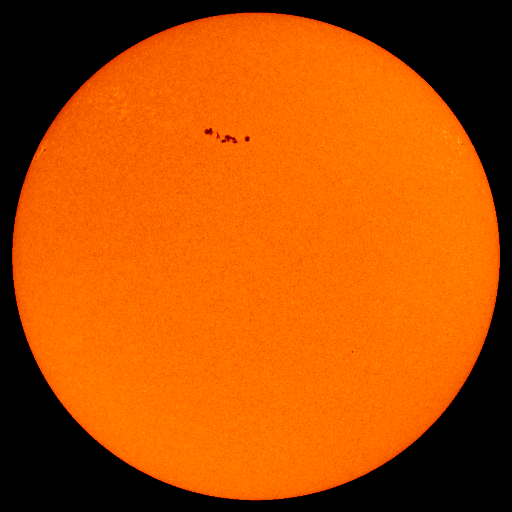 http://www.solarmonitor.org/full_disk.p ... indexnum=1
http://www.solarmonitor.org/full_disk.p ... indexnum=1M class flare
 http://www.n3kl.org/sun/noaa.html
http://www.n3kl.org/sun/noaa.html /\/\/\/\/\/\/\/\/\/\/\/\/\/\/\/\/\/\/\/\/\/\/\/\/\/\/\/\/\
http://www.spacew.com/ /\/\/\/\/\/\/\/\/\/\/\/\/\/\/\/\/\/\/\/\/\/\/\/\/\/\/\/\/\
PRELIMINARY DAILY SUMMARY OF SOLAR GEOPHYSICAL ACTIVITY
07 FEBRUARY, 2010
/\/\/\/\/\/\/\/\/\/\/\/\/\/\/\/\/\/\/\/\/\/\/\/\/\/\/\/\/\
(Based in-part on SEC Data.)
(The final report will be released tommorrow.)
PRELIMINARY SOLAR & GEOPHYSICAL INDICES FOR 07 FEBRUARY, 2010
-------------------------------------------------------------
DRAO 10.7 cm Solar Flux at 18Z, 20Z, 22Z: N/A, N/A, N/A sfu.
Predicted Solar Flux for Next 3 Days: 92, 94, 94.
Average 90-day Solar Flux: 78.
Current Middle Latitude A-Index: 3
Current Boulder K-Indices: 1110 112*
Current Planetary K-Indices: 1000 011*
Boulder A-Index 3-Day Forecast: 10, 8, 8.
Planetary A-Index 3-Day Forecast: 10, 9, 8.
SYNOPSIS OF TODAYS ACTIVITY
---------------------------
Solar activity was high. Region 1045 (N23W01) produced
two M-class events during the past 24 hours. The first was a M1 at
06/2137Z and the second was a M6/1n at 07/0224Z. The soho/lasco C2
imagery observed a cme off the east limb with the first event and a
full halo with the second event. The M6 x-ray event had an
associated eit wave, and a tenflare of 170sfu. This region has
retained a magnetic beta-gamma configuration with a possible delta
magnetic configuration within its interior spots. A new region was
numbered today as region 1046 (N25E65).
Solar activity forecast: solar activity is expected to be low
to moderate with M-class events likely. There is a slight chance
for a X-class event from region 1045.
The geomagnetic field was quiet.
Geophysical activity forecast: the geomagnetic field is
expected to be unsettled with isolated active conditions for the
next three days (08-10 february) due to a recurrent coronal hole
high speed stream and cme effects.
Event probabilities 08 feb-10 feb
Class M 50/50/50
Class X 10/10/10
Proton 01/01/01
PCAF green
Geomagnetic activity probabilities 08 feb-10 feb
A. Middle Latitudes
Active 30/25/25
Minor storm 05/05/05
Major-severe storm 01/01/01
B. High Latitudes
Active 35/30/30
Minor storm 10/05/05
Major-severe storm 05/01/01
** End of Daily Report **
http://www.spacew.com/












